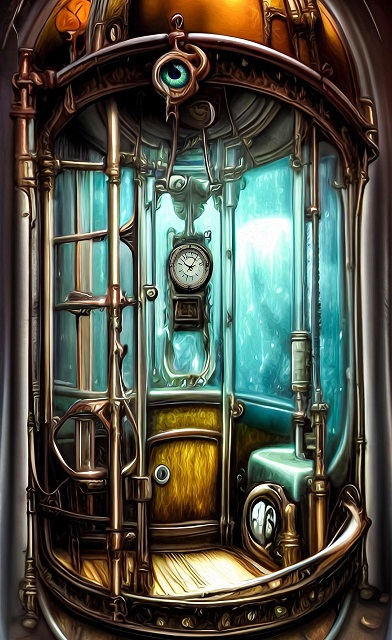Imagine journeying to the past, stepping into the shoes of those who lived centuries ago. You could witness historical events firsthand, experiencing the moments that shaped our world. Picture yourself traveling to the future, exploring a world transformed by technological advancements. You could see the progress of humankind, marveling at innovations we can only dream of today.
Time travel has captivated our imaginations for centuries, inspiring countless stories and theories. It’s a staple of science fiction, a genre that explores the boundaries of what
However, traveling backward in time poses significant paradoxes, creating scenarios that defy logic. These paradoxes challenge our understanding of cause and effect, raising questions about the very nature of reality. For instance, what would happen if you traveled back in time and prevented your own birth? It’s a mind-bending concept that has puzzled thinkers for years. Despite these challenges, the pursuit of understanding time travel continues to fascinate physicists and laypeople alike, driving research and debate. The allure of unlocking the secrets of time is too great to resist, promising discoveries that could change our understanding of the universe forever.
Our exploration of time travel leads us to the intriguing concept of closed timelike curves, or CTCs. These theoretical constructs, predicted by Einstein’s theory of general relativity,
If we could somehow create or harness these spacetime loops, we might be able to traverse time, moving backward or forward at will. However, CTCs come with their own set of
Quantum mechanics, the study of the very small, operates under very different rules than the classical physics that govern our everyday experiences. These rules are not just different—they are often counterintuitive and challenge our understanding of reality. In the quantum realm, particles can exist in multiple states simultaneously—a phenomenon known as superposition. Additionally, particles can be linked across vast distances through a mysterious connection called entanglement. These bizarre and fascinating quantum phenomena offer potential solutions to the paradoxes of time travel, providing a new framework to think about these age-old problems. For instance, the many-worlds interpretation of quantum mechanics suggests that every quantum measurement causes the universe to split into multiple universes, each representing a different outcome. This interpretation opens up a multitude of possibilities. In this view, traveling back in time wouldn’t change our past but would instead create a new branching timeline, effectively sidestepping the paradoxes that have long been associated with time travel. While this doesn’t necessarily make time travel any easier to achieve, it offers a way to reconcile the concept with our current understanding of physics, providing a theoretical foundation that could guide future research. Furthermore, the principles of quantum entanglement—where two particles remain connected no matter how far apart—could potentially be harnessed for communication across time, opening up new avenues for exploration and technological advancement.
